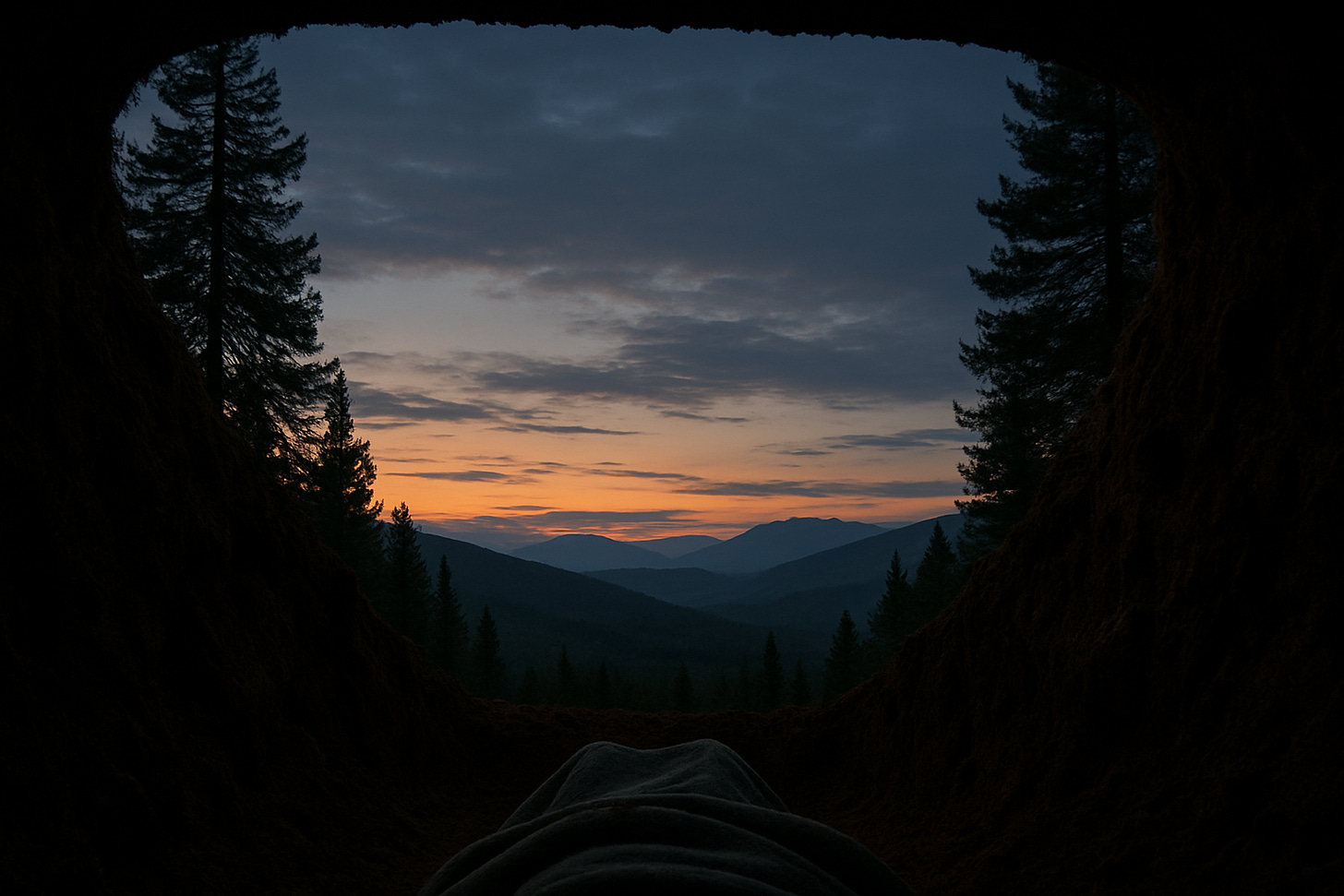The space principle
Why transformation happens in the spaces between
Sunset. The light faded over mountains. Time to enter the grave.
I lowered myself into the hole I'd dug hours before. Earth walls rose around me. Above, a rectangle of darkening sky. I pulled the blanket over my body and lay still.
This was the heart of the vision quest. Twelve hours in darkness. Alone with myself. No food. No distraction. No escape from …
Keep reading with a 7-day free trial
Subscribe to The Expansion Effect to keep reading this post and get 7 days of free access to the full post archives.


